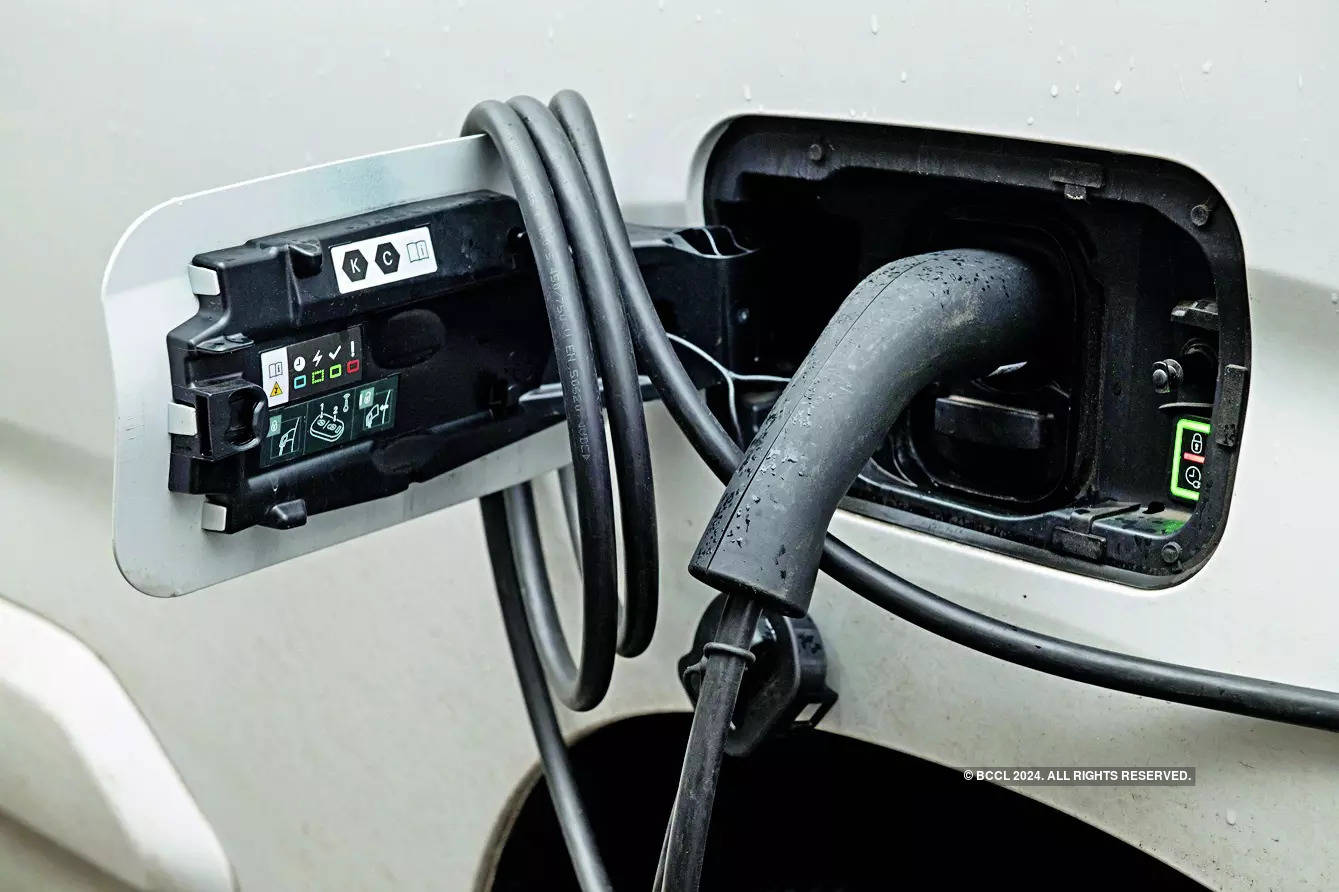
A number of smaller electric vehicle (EV) component makers, many of which started in other businesses, are seeing increasing interest from venture capital funds, given the boom in the market.
These firms often pivoted from their earlier businesses to fill gaps in services provided by larger manufacturers, while also providing extensive design-to-manufacturing services to customers such as original equipment manufacturers (OEMs).
Gurgaon-based Indigrid, for instance, started with the manufacture of TV set top boxes, before moving to electric vehicle parts such as motor control untis (MCUs) and instrument clusters over six-seven years. Matel started off as a solar water pump manufacturer in 2016 before starting EV part manufacture in FY21. Both the firms saw their maiden institutional funding only in May-June of 2024.
Such firms have raised funds to expand operations as local demand for EV parts has shot up, opening up the space that has been traditionally dominated by large manufacturers like Sona Comstar and Sterling Gtake.
The newer firms also try to provide full-stack solutions. Indigrid, for instance, makes MCUs, vehicle control units (VCUs), battery management system (BMS) and DC-DC converters, among other components.
“A lot of the large players are very specialised, like Sona Comstar which is mostly focused on motors and not on MCUs or VCUs… Design changes with the likes of Sterling Gtake and Bosch can be very expensive and take a long time,” said Matel cofounder Netaji C Patro.
EVs also require many more electronic components and instruments compared with internal combustion engine (ICE) vehicles, which smaller firms can innovate on, Indigrid co founder Rishab Puri said. These new firms are both designing and manufacturing components like the MCU, VCU, BMS, DC-DC convertors, and instrument clusters, among other things.
“Well-capitalised OEMs like Ather and Ola usually design most equipment in-house, but with sales increasing their reliance on supply chain partners will likely grow, even when it comes to designing iterations. Moreover, traditional firms like Bajaj and Mahindra are increasing their EV exposure, and they prefer relying more heavily on supply chain partners due to various benefits,” said Amit Sharma, general partner at venture fund Cactus Partners, which invested in Indigrid.
The likes of Indigrid and Matel are leveraging their small team size to provide multiple iterations of products at a much quicker turnaround time, something that is expensive and time-consuming for traditional auto component giants, said Mohammed Shoeb Ali, cofounder and managing partner at Transition VC, which invested in Matel.
However, the traditional firms have the advantage of deep supply chain relationships and larger capacity, while the newer players are still testing out some of their products and are much smaller in scale currently. Yet, there is a shift underway, with traditional OEMs like Hero MotoCorp and Bajaj, as well as newer OEMs like Bounce Electric, Revolt and Omega Seiki Mobility starting to work with these new age firms.
Despite being operational for years, such firms did not see venture interest as investors remained wary of the technical and commercial viability of smaller firms in such a sector. “This is a very research and development (R&D) heavy sector, and investors and companies often want conversion to happen much more quickly… we had to spend 3-4 years of time and money on our products before they could be commercially viable,” Puri said.
The long development cycle means that there is both a dearth of startups and investors in the sector. “The standards are higher in hardware of this kind as you need to validate the product design, product manufacturing capability, supply chain relations and so on… the larger VCs that we talk to want the companies to hit revenues of INR 4-5 crore a month as a condition for Series A funding, which is a high standard compared to software firms,” Shoeb said.
With EV sales growing briskly, these firms are hoping to benefit from a first mover advantage, with the time and resources put into the products turning into moats. The overall sales of electric passenger vehicles jumped 91% year-on-year to 90,996 units in FY24, while the retails of electric commercial vehicles rose three-fold in the same time, according to automotive dealers’ body FADA.
“This won’t be a winner-takes-all market, and we’re hoping to be the proverbial shovel makers at the time of the gold rush by catering to everyone,” Sharma said.






